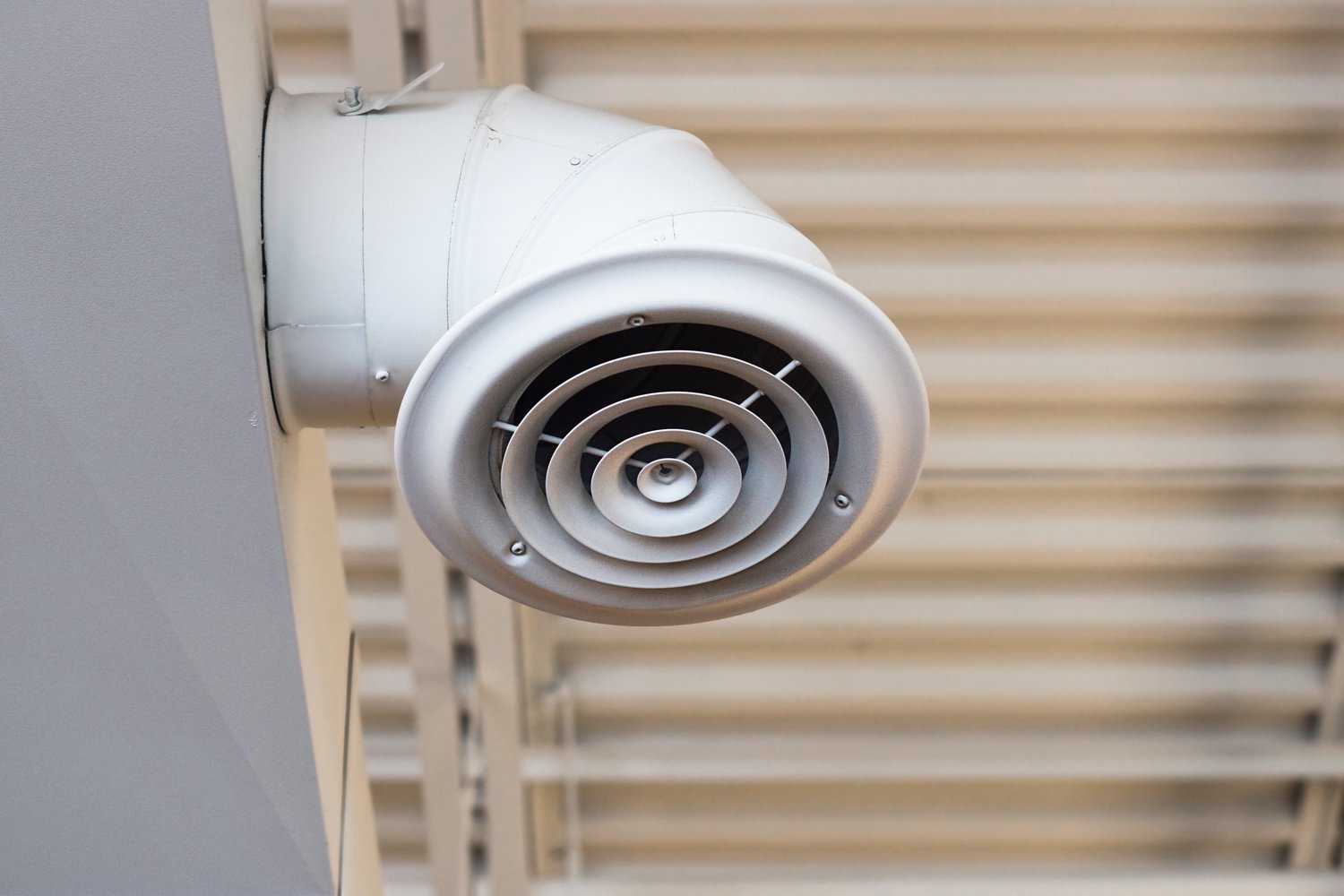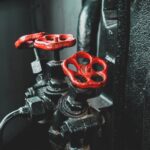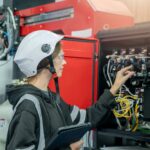In the complex ecosystem of your home, ventilation is the silent hero ensuring optimal air quality and efficiency. However, what happens when airflow dwindles or control units falter? These common issues can dramatically affect your system’s performance and your indoor environment.
- Explore the effects of airflow and control unit issues on ventilation system efficiency and air quality.
- Discover practical troubleshooting tips to identify and resolve common airflow problems.
- Learn how to diagnose and address control unit failures to maintain system reliability.
- Understand preventive measures that can help avert these common faults, keeping your system in peak condition.
By the end of this article, you’ll gain valuable insights into maintaining an effective ventilation system, ensuring a healthier and more comfortable home environment. Dive deeper and safeguard your system with expert advice and proactive strategies.
Understanding Home Ventilation System Faults: Air Flow and Control Unit Problems
Home ventilation systems play a vital role in maintaining indoor air quality and ensuring the efficient functioning of heating, ventilation, and air conditioning (HVAC) systems. A common issue that homeowners encounter is related to airflow disruptions and control unit problems. These faults can significantly impact the overall performance of the ventilation system, leading to inefficient heating and cooling as well as increased energy costs.
Airflow issues in a ventilation system can result from several factors, including clogged filters, obstructed ducts, or faulty fans. Such problems can restrict the circulation of air, causing poor indoor air quality and discomfort for occupants.
On the other hand, control unit faults often manifest in malfunctions of the system’s automated responses. This can include incorrect temperature readings, inappropriate system cycling, or failure to activate the ventilation fans at the correct times. Together, airflow and control unit problems can undermine ventilation efficiency and user comfort.
Troubleshooting Air Flow Problems in Home Ventilation Systems
Diagnosing and resolving airflow issues in your home ventilation system is essential for maintaining a comfortable and healthy living environment. Begin by visually inspecting your system for obvious blockages. Check all filters and ductwork for dust and debris that might hinder airflow. Clean or replace filters regularly to prevent clogging.
If airflow problems persist, examine the vents to ensure they are positioned properly and free from obstructions like furniture or curtains. Adjust the vents to direct air efficiently throughout the home.
Another common cause of reduced airflow is a faulty or inefficient fan. Listen for strange noises or check for irregular spinning, which could indicate that the fan motor requires maintenance or replacement.
Optimizing vent performance involves a careful balance of regular maintenance and proactive management. By staying vigilant and addressing airflow problems early, you can enhance the overall efficiency of your home ventilation system and improve indoor air quality.
Diagnosing Control Unit Failures in Home Ventilation Systems
Identifying control unit failures in home ventilation systems can be challenging but essential for maintaining efficient air circulation and quality. One of the first symptoms to look for is inconsistent airflow throughout your home, which may indicate a malfunctioning control unit.
Another common sign of control unit problems is unexpected activation or deactivation of the ventilation fans. This issue can arise from faulty wiring or a corrupted program within the control modules. If you notice irregular operation, it’s crucial to inspect these components sooner rather than later.
In many cases, the control unit’s failure in a ventilation system is due to outdated firmware or disrupted power supply. Performing a firmware update or checking the power source can resolve these issues and restore normal functionality. Additionally, reviewing the settings for any manual overrides that could lead to improper ventilation operations is beneficial.
To ensure the proper operation of your home ventilation system, consider employing a professional inspection. An expert can diagnose underlying control unit faults that are less apparent, leveraging advanced diagnostic tools. Promptly addressing these issues can enhance the longevity and performance of your system.
Preventive Measures for Home Ventilation System Faults: Air Flow and Control Unit Problems
Regular maintenance is key to preventing common faults in home ventilation systems, particularly issues related to airflow and control units. Scheduling routine checks ensures that components are functioning correctly and reduces the likelihood of disruptives.
Cleaning air filters and vents regularly aids in maintaining optimal airflow and prevents blockages. This simple practice can dramatically improve air quality and minimize pressure on the control unit to overcompensate.
Upgrading to advanced technology, such as smart ventilation control systems, offers real-time monitoring and automatic adjustments. These systems detect irregularities and optimize airflow based on current indoor air conditions, decreasing the chance of control unit failures.
Implementing preventive measures not only enhances system efficiency but also extends the lifespan of your ventilation setup. Regularly reviewing system performance using diagnostic tools and consulting with professionals for thorough inspections are critical steps in maintaining system integrity. With these strategies, you’ll enjoy a reliable home ventilation system and improved indoor air quality.
FAQ on Home Ventilation System Faults
What are common signs of airflow problems in a home ventilation system?
Common signs include:
- Uneven temperatures across rooms
- Increased dust accumulation
- Noticeable humidity issues
How can I troubleshoot airflow blockages in my ventilation system?
Check for obstructions in vents, replace air filters, and ensure all vents are fully open.
What are typical control unit failures in ventilation systems?
Typical failures include:
- Unresponsive controls
- Inaccurate temperature readings
- System fails to turn on/off
How can I prevent control unit problems?
Regularly update the control unit’s software, and perform routine checks on its functionality.
What maintenance practices improve ventilation system performance?
Conduct annual inspections, clean vents and filters, and calibrate the control unit regularly.
Why is it important to address ventilation faults quickly?
Addressing faults promptly ensures optimal efficiency, improves indoor air quality, and reduces energy costs.





